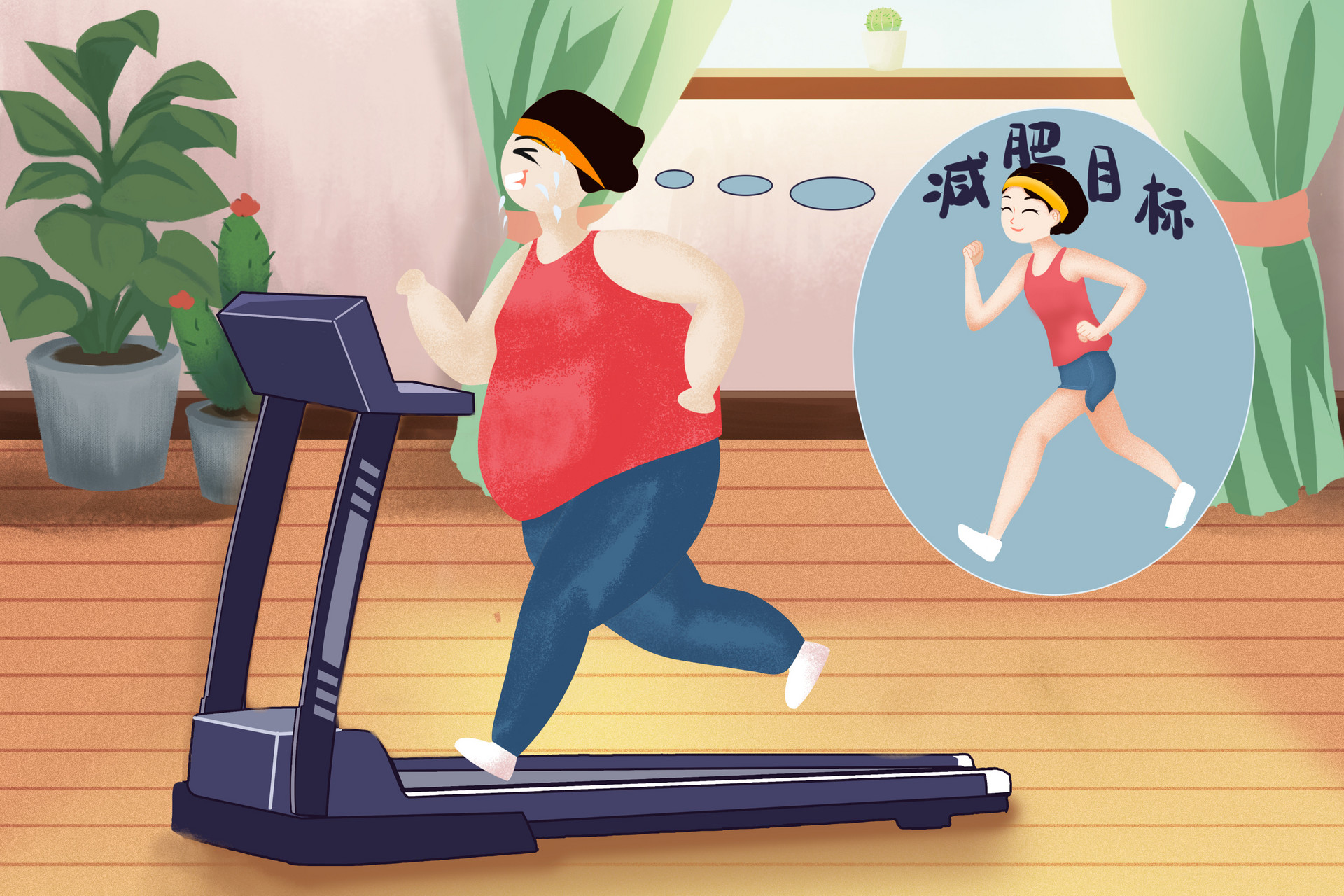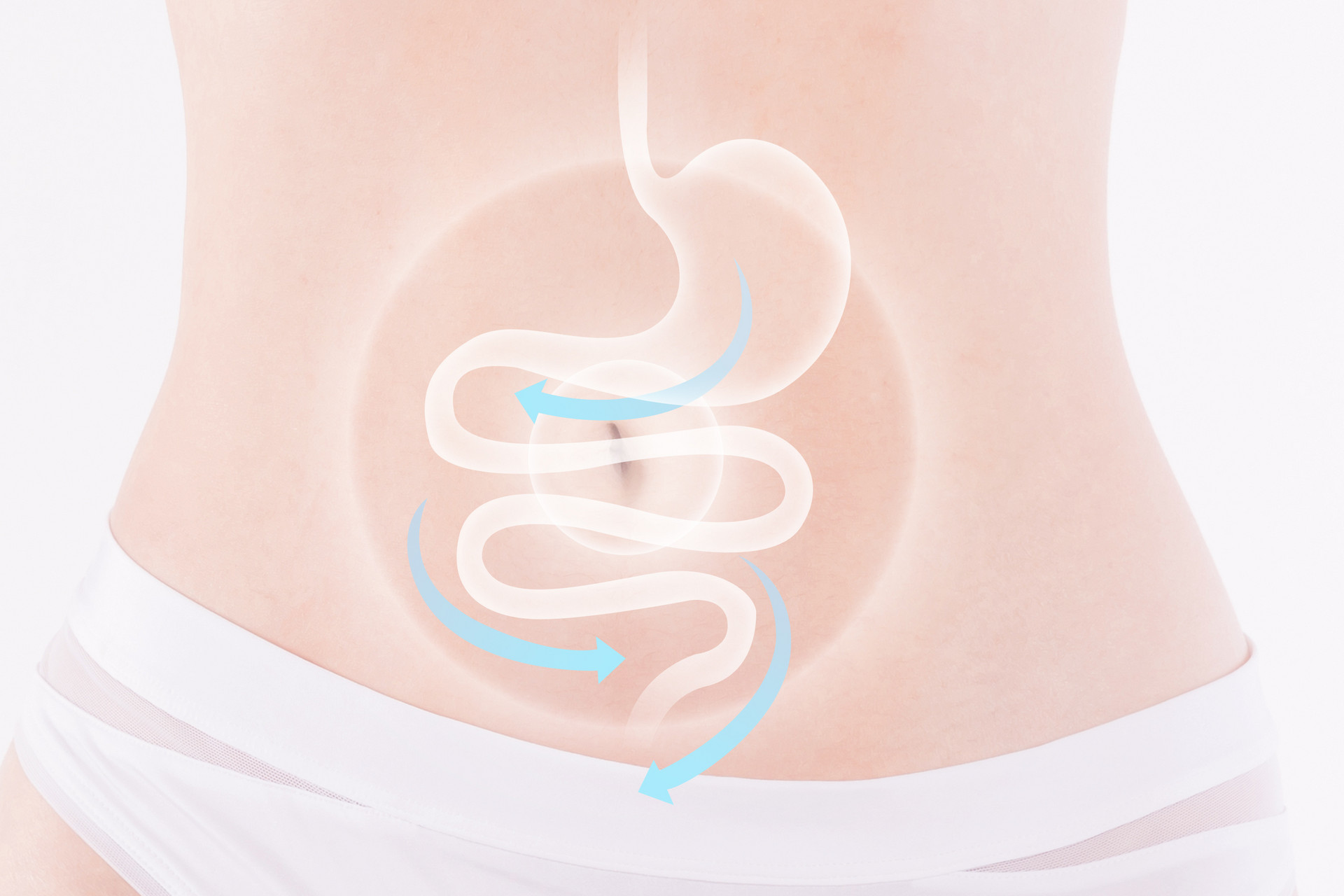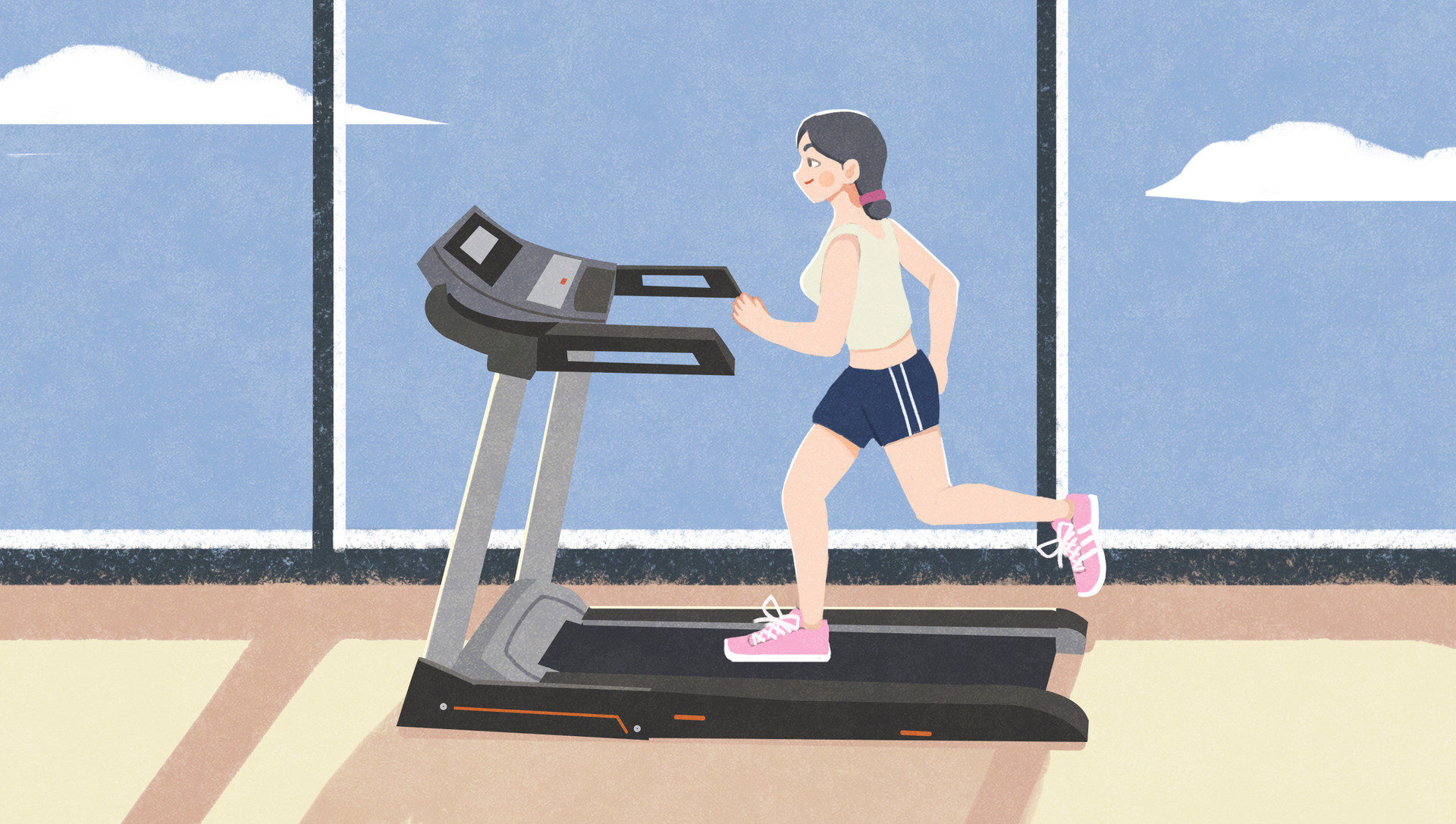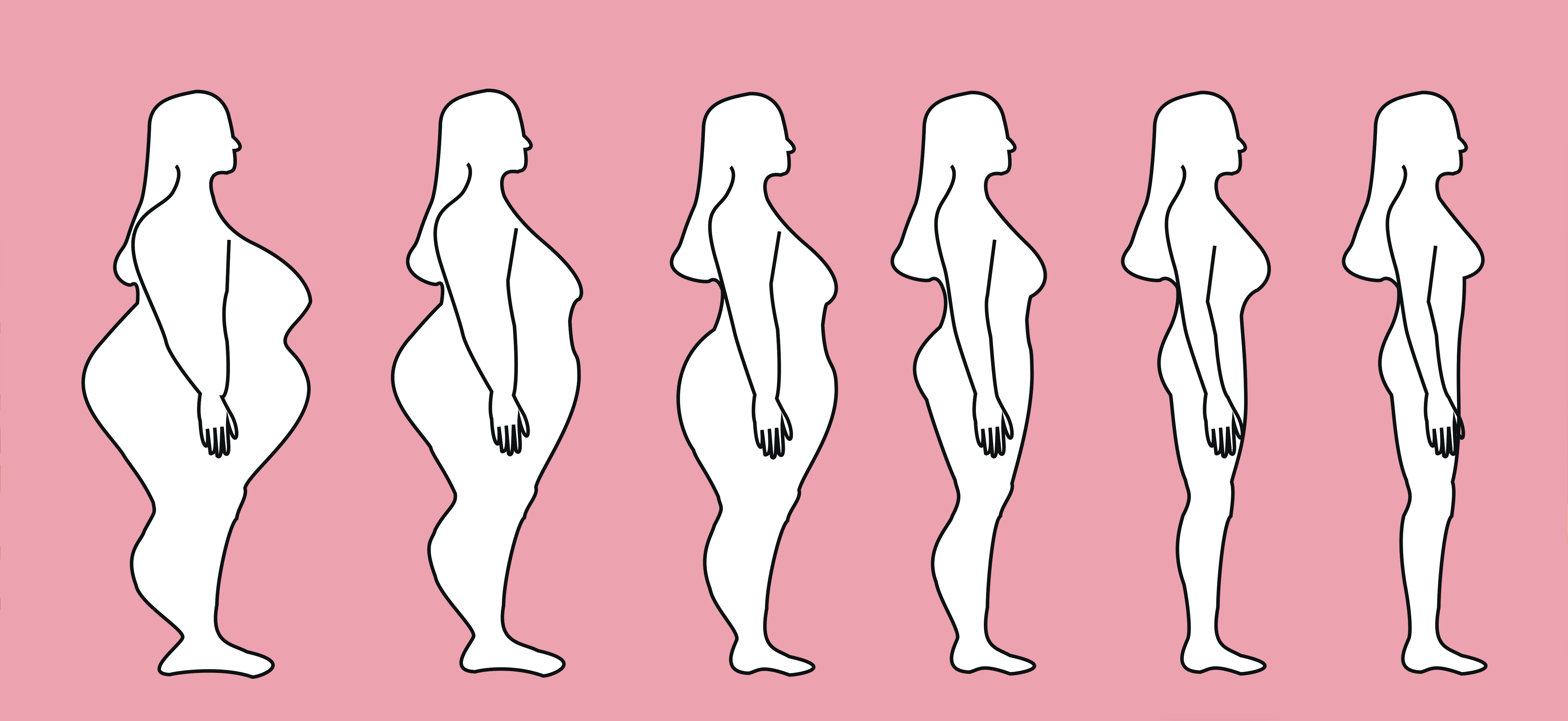Losing weight is a lifestyle, and when you have this lifestyle, how do you arrange your diet for the day? Having a scientific eating habit is the guarantee of a good figure.
Eating a good breakfast is the key to starting a day of metabolism
1. Eating a good breakfast is the key to starting a day of metabolism. Nutritionists recommend an ideal breakfast: milk + grains (bread, steamed buns, oatmeal, etc.) + a serving of fruit or vegetables + an egg.
2. Consuming 25-30 grams of fiber daily. Fiber cannot be absorbed by the body, but it stays in the body for a long time, creating a feeling of fullness and reducing the desire to eat. Whole grains, beans, nuts, and dried fruits are all high-fiber foods.
3. Eating fiber in the morning: for example, adding fruits and vegetables to breakfast helps control appetite in the afternoon.
4. Don't eat too little. A hungry body will automatically store fat. To lose weight, the correct method is to eat frequently and healthily.
5. Having two snacks a day. Recommended snacks include milk, yogurt, fruits, and nuts. Snacking times: around 10 am and 3 pm.
Eating smaller meals is beneficial for slimming down
6. Consuming 3 liang (150 grams) of staple food daily. Carbohydrates are the body's fuel, and rejecting staple foods means rapid rebound.
7. Using dinner to eliminate edema. Eating foods that eliminate edema for dinner can help us eliminate toxins after a day of work. Bitter melon, winter melon, etc., can eliminate edema in vegetables, while green bean soup, coix seed porridge, etc., can be eaten as staple foods.
8. Consuming 1.4 liang (500 grams) of vegetables and 200 grams of fruits daily. Fruits contain a certain amount of sugar, so it is not advisable to replace vegetables with fruits during the weight loss period.
9. Taking in 1000 milligrams of calcium daily. With the same calorie consumption, taking an average of 1000-1500 milligrams of calcium per day can result in an average weight loss of 2.7 kilograms over three months, compared to taking 600 milligrams of calcium per day.
10. Consuming 250 grams of dairy products daily. People who consume more low-fat dairy products have less fat in their bodies than the average person.
Eating dinner early is preferred
11. Eating fish 4 times a week. The omega-3 fatty acids in fish can help break down fat.
12. Taking one serving of food at a time. When opening the refrigerator, only take out one serving of food, such as a yogurt or a small piece of chocolate. The idea of taking out the whole box and eating the leftovers often results in eating everything and leaving nothing.
13. Don't eat in front of the refrigerator or pantry. Walk into another room and sit down to enjoy the food you have brought.
14. Eating 1-2 kiwis after meals. The nutrients in kiwis can aid in digestion and fat breakdown.
15. Eating dinner as early as possible. Dinner should end at least 4 hours before bedtime.
Consuming less greasy food
16. Consuming 50 grams of nuts daily. Nuts contain trace elements that help catalyze fat metabolism.
17. Drinking plain water slowly: drinking 6-8 cups of water daily, drinking slowly to avoid bloating.
18. Reducing salt intake: not exceeding 6 grams of salt daily.
19. Using olive oil for cooking as much as possible.
20. Cooking without oil: using soup, wine, lemon juice, etc. instead of oil to cook dishes.
Buying small bags of snacks
21. Using non-stick pans: using non-stick pans can prevent food from sticking to the bottom of the pan, reducing calorie intake by at least 100 calories per meal.
22. Using a spray oil bottle: when cooking, only spray a little oil on the surface of the food, reducing calorie intake.
23. Often using baking, boiling, or steaming instead of frying: reducing calorie intake.
24. Removing visible fat: prepare a pair of scissors in the kitchen to remove visible fat from ribs, under chicken skin, and under meat skin. When making soup, remove the floating oil after the soup cools.
25. Eating less chicken skin: chicken breast with skin contains 300 calories, while without the skin, it only has 190 calories. Making low-calorie desserts at home
26. Eating more grains: nutritionists recommend consuming 150-200 grams of grains daily during weight loss, with a portion for breakfast and the rest for lunch.
27. Eating clean and hygienic food.
28. Consuming 50 calories less daily: a cup of sugary drinks is far above this number, so next time, replace it with plain water or a cup of tea.
29. Using small snack bags: if you really want to eat snacks like potato chips, biscuits, and chocolate, try to buy small snack bags and give up the tempting large bags.
30. Don't go to the supermarket on an empty stomach: the embarrassing and appetite-inducing sound of your stomach rumbling will make you constantly pick up large bags of food from the shelves.
Eating more fruits
31. Don't eat sweets when you are tired: sweets deplete the body's vitamin B, and eating sweets when the body is tired will make you even more tired, and unknowingly increase excess fat!
32. Making homemade desserts: 60 grams of regular ice cream contains 10 grams of fat and 160 calories. Now, let's use 200 grams of strawberries (without fat and only 52 calories) and pour a spoonful of low-fat yogurt (containing 1 gram of fat and 10 calories) on top as a substitute. This satisfies the desire for desserts without gaining weight.
33. Drinking soup: a large amount of water enters the body through food, and consuming food with soup can reduce calorie intake by 26%.
34. Eating warm food: eating food that is too cold lowers body temperature and slows down metabolism. Typically, vegetables are cold before cooking, so eating raw salads may not help with weight loss. The best way is to blanch the vegetables in hot water before eating them.
35. Eating foods rich in vitamin B6: vitamin B6 is an important vitamin for protein and carbohydrate metabolism, and it is also a "catalyst" for fat breakdown. It is recommended to obtain it from food. Foods rich in vitamin B6 include bananas, carrots, soybeans, and chicken.
Drinking coffee can delay hunger
36. Eating more tomatoes: tomatoes contain rich lycopene, which can reduce calorie intake, reduce fat accumulation, and supplement various vitamins to maintain a balanced diet. If dining out, you can order a glass of tomato juice as a substitute for tomatoes.
37. Carrying healthy snacks with you: apples or carrots have been rated as the best weight loss aids. They have a certain sweetness, can satisfy cravings, and take some time to finish eating.
38. Fixing one meal: choose one meal of the day and limit the types of food. For example, starting today, only eat vegetarian food and porridge for dinner every day.
39. Making homemade salad dressing: 1 tablespoon of mayonnaise contains 100 calories, while tomato sauce only contains 16 calories. Using tomato sauce instead of mayonnaise to dress salads can reduce calorie intake by 84 calories. If you switch to mustard, lemon juice, or apple cider vinegar, the calorie count will be even lower.
40. Eating thin pizza: a thick pizza usually contains 350 calories, while a thin one only has 220 calories.
41. Chewing each bite of food 20 times.
42. Using small plates: this can reduce one-third of the amount of food consumed.
43. Eating peppers in the morning: eating red peppers in the morning can reduce the intake of food for lunch and dinner.
44. Drinking 3 cups of green tea: the catechins in green tea can inhibit fat breakdown and increase metabolism. Drinking 3 cups of green tea daily for three months can reduce waist circumference by about 5%.
45. Drinking coffee when hungry: unsweetened coffee is a good low-calorie drink and can delay hunger. It is best to drink decaffeinated coffee. Special reminder: people who feel uncomfortable drinking coffee under normal circumstances should not try this.
Don't let yourself starve
46. Eating slower and taking breaks: the stomach takes 20 minutes to digest food and then sends a feeling of fullness to the brain. So eat slower before feeling "full." Take breaks between each dish and stop when you are 70% full. This can reduce calorie intake.
47. Sitting in front of a mirror: when sitting in front of a mirror, you will pay special attention to your eating behavior, eat elegantly, and naturally eat slower. At the same time, sitting in front of a mirror while eating will make you think more about your figure- it's not good to look fat, so eat less.
48. Don't let yourself starve. Being in a "hungry" state for a long time makes the body feel "deficient," and as a result, you eat much more than needed, or even eat until you are full and still can't stop. Feeling a little hungry but not extremely hungry is the best time to eat.









